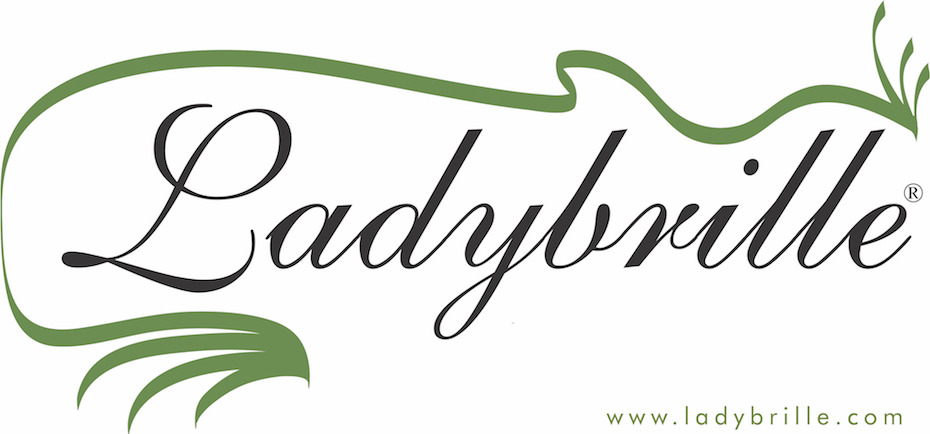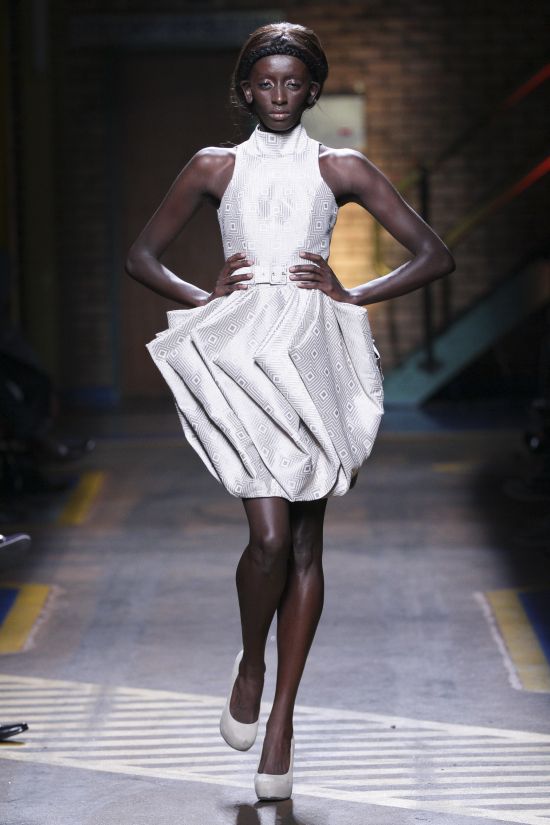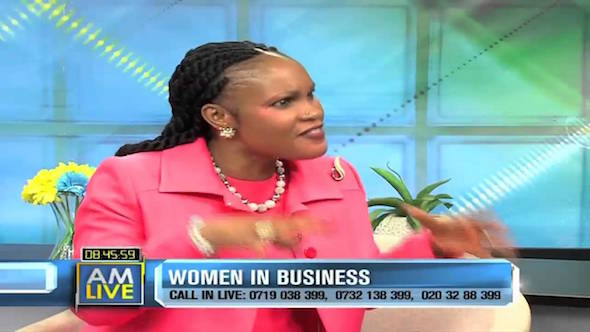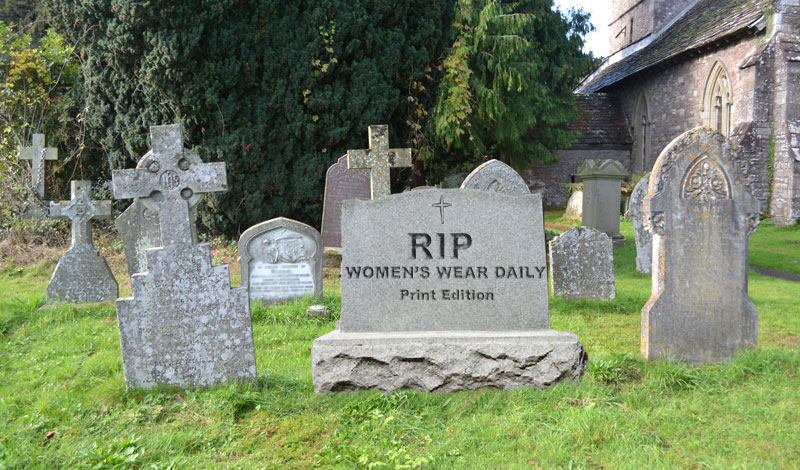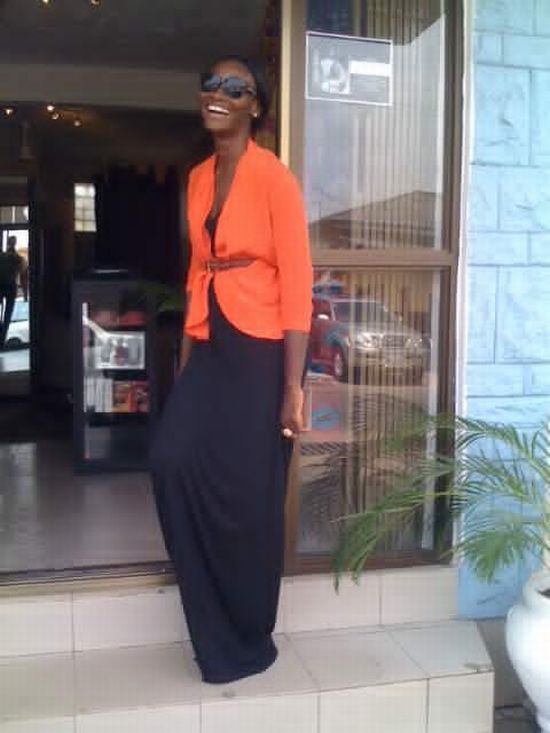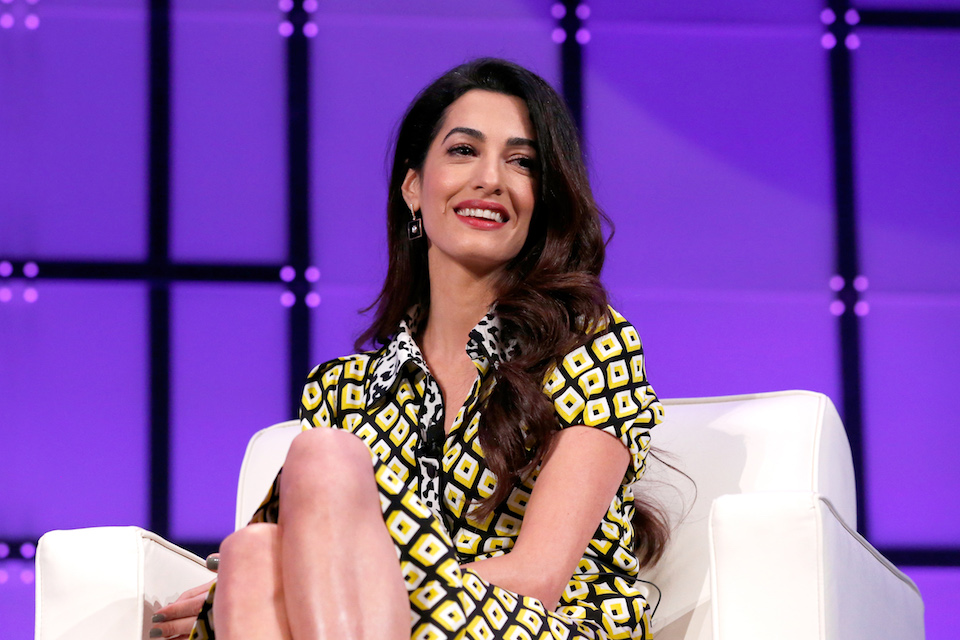 The issue of diversity on fashion runways continues to be a sore point of discussion for many within and outside the fashion industry. The question remains on how exactly do we tackle it, once and for all? The Businessoffashion.com takes on this very important topic in a must read op-ed.
The issue of diversity on fashion runways continues to be a sore point of discussion for many within and outside the fashion industry. The question remains on how exactly do we tackle it, once and for all? The Businessoffashion.com takes on this very important topic in a must read op-ed.
“NEW YORK, United States — For the last five years Jenna Sauers, a writer for the popular feminist blog Jezebel, has been analysing and reporting on the racial diversity of models at New York Fashion Week. The numbers have gone slightly up and down in each report. But from Fall 2008, when Sauers first began the study and discovered that a mere thirteen percent of looks were worn by non-white girls, until now, where the figure stands at seventeen percent, every season has brought the same conclusion: the vast majority of the women walking the runways are Caucasian.
There are, of course, those like Riccardo Tisci and Tom Ford who use a diverse range of models in their shows. But, sadly, these designers are the anomaly, not the norm.
Recently, I read an article in Buzzfeed wherein five of the industry’s top casting directors were asked to give an explanation as to why fashion shows are so white; the fashion shows that they themselves cast. I was expecting the same drivel I have heard a hundred times over: “The designer isn’t racist, they simply have a vision and (insert minority here) may not have been right for the collection.” While James Scully told of his own furore with the industry’s lack of diversity and cited some the shows he works on as examples of racially diverse casting (Tom Ford, Jason Wu), Barbara Nicoli and Leila Ananna seemed to make true my prediction.
The power duo currently selects models for some of the world’s leading fashion brands, including Saint Laurent, Gucci and Burberry. Why then, despite their status and the global reach of the labels they work with, were just twelve of the 128 models that Nicoli and Ananna booked for their Fall 2013 shows Asian and only four black? Nicoli claimed that it wasn’t about the model’s skin colour, but the body, the face, the attitude and the aesthetic of the designer.
“I think if you’re very strict on your collection and have a vision, it’s pretty difficult to accept someone who is far from your idea of the woman wearing your clothes,” she said. “It’s all about your beauty ideal, not the colour of your skin or race… It’s also true that, for example, Caucasians have a specific body type, black girls have a specific body shape, and Asian girls have a specific body shape. So I guess there are some collections where it’s more perfect for an Asian body shape because they are more flat and less sexy, in a way. Asians, they are not curvy, so to put an Asian [who’s] very flat [with a] baby body shape in a show where normally the designer knows they love sexy, beautiful, curvy girls, it’s a bit of nonsense. If you do it, it’s just because you have to or you want to please your customer coming from Asia.”
Maida Gregori Boina and Rami Fernandes — casting directors for Calvin Klein, Jil Sander and Mary-Kate and Ashley Olsen’s The Row — are also notorious for their all, or near-all, white line-ups. Calvin Klein, in particular, just this past season was entirely Caucasian. And here’s where it gets even worse: in the last eight years there have been only six different black models and zero models of other ethnicities, other than Caucasian, featured in their shows, according to an analysis of imagery on Style.com.
Like former model Bethann Hardison, I think this all started with Prada. After the supermodel era, Miuccia Prada did something revolutionary. She made her show about the clothes and not the models wearing them. She plucked brand new girls from obscurity, stamping them with the promising label of “exclusive.” And each subsequent season, we saw an influx of these girls, often from Eastern Europe, with little personality and names no one bothered to remember. In more cases than not, they disappeared the very next season. Other brands, including Calvin Klein, Jil Sander and Balenciaga followed suit. And as a result, as James Scully told Trudi Tapscott Model Management last year, “personality and ethnicity” have been largely erased. . .”
The Business of Fashion has the full story.
Photocredit: Simon Deiner
Ms. Uduak is best known as an advocate who uses the tools of media and the law to help creatives and businesses clearly articulate their true brand identities, and communicate it to the world through their products and services, to maximize profits. She is a lawyer, speaker, author, journalist, and recognized thought leader, and trailblazer for her work on Africa’s emerging global fashion and entertainment markets, and the niche practice of fashion law in the United States. She is also the founder and publisher of Ladybrille® Magazine, and an Attorney and Partner at Ebitu Law Group, P.C, where her practice focuses on Fashion, Business, & Entertainment Law and Trials. For more information about her, visit www.msuduak.com.
